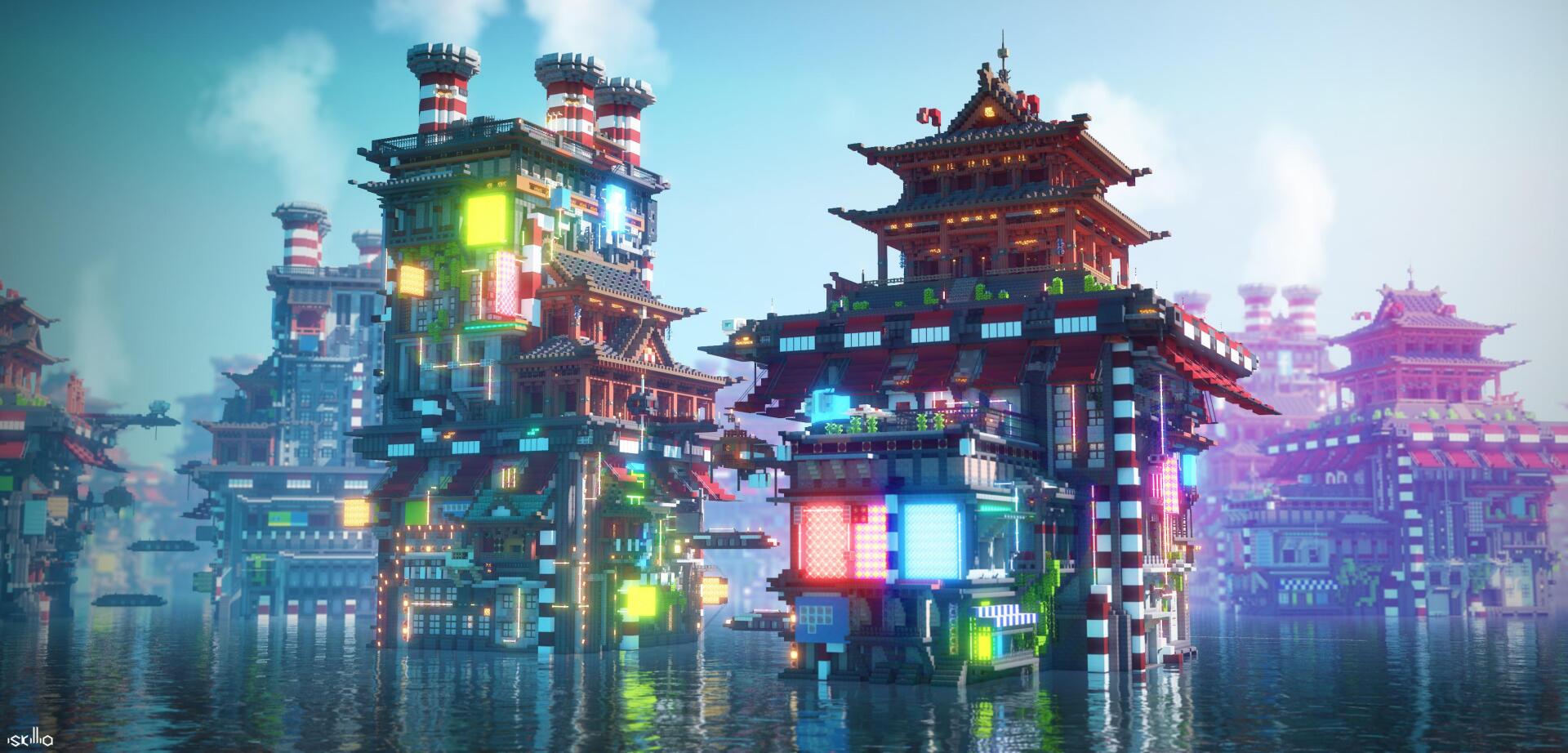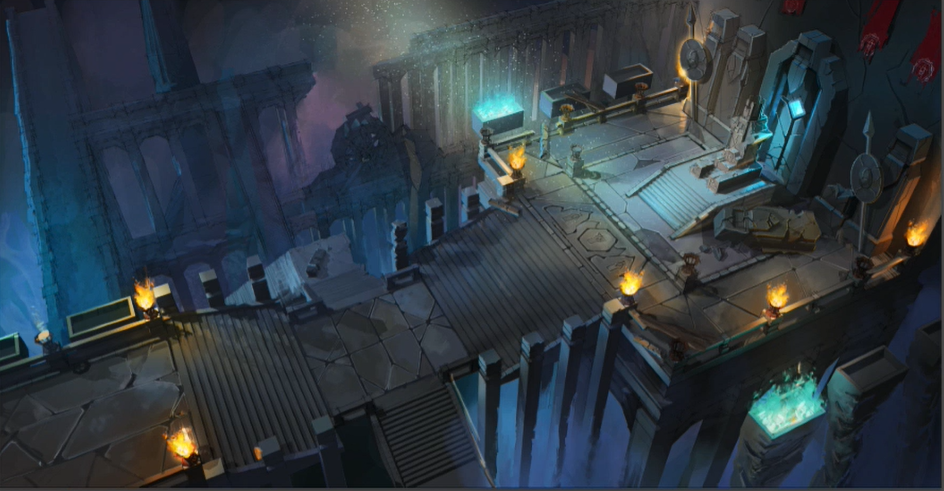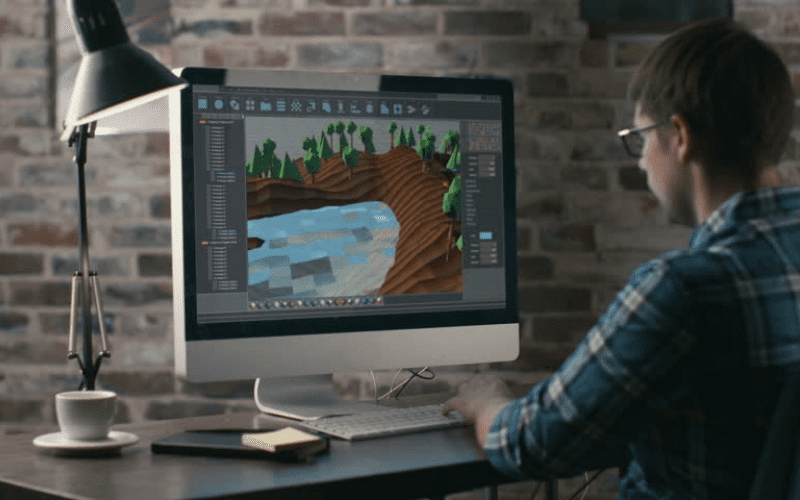Environment Designer
Environment Designer Job Description
An Environment Designer (or Environment Artist) creates the environments, backgrounds and layouts of animated films, TV shows and video games. They are in essence world-builders working off a design brief or script to bring an imaginary universe to life.
A knowledge of topography, architecture, cityscapes, geography and landscape is crucial to the craft of environmental design.
In the video games industry, Environment Designers often correlate with Level Designers, and increasingly specialize in the complex task of creating the backdrop to a story.
They create mood, express style and give context to worlds which characters inhabit. They also function to facilitate the many moving parts of an animation or video game.
The Environment Design element of 3D animation development is becoming ever more sophisticated as players demand more heightened experiences from game play, with some environments expressed as characters in themselves. The Environmental Designer imagines worlds which service the storyline and contribute to the immersive nature of the game.

Role and Responsibilities
The role of the Environmental Designer is to create the worlds of animated films, TV shows and games. They work from scripts and design briefs to bring the backgrounds, layouts and environments to life from abstract concepts and descriptions.
Their task is to build the interior logic of the world into their designs and visualize all the possibilities of those worlds for the characters to habit.
Expressing narrative through virtual landscapes and gamescapes is also an important part of the role. Environmental Designers are visual storytellers, infusing the backdrop with elements of the story or gameplay.
The responsibilities of a Environment Designer can include:
- Liaising with animators, directors and developers regarding the stylistic and story elements of the game or animation
- Researching resources and references for the project
- Designing environmental concept art or illustrations
- Producing a series of diverse interpretations of artwork for review
- Revising artwork until signed off
- Designing dramatic story moments from the script
- Collaborating with animators and/or game artists to create a virtual environment that works with characters and assets
- Working within the constraints of budget and technologies
- Adhering to the production schedule
- Maintaining project documentation
- Expressing mood and tone in concept art
- Working with storyboard artists to incorporate layouts into scenes and sequences
Environment Designer Software and Tools:
The software required for a Environment Designer:
Environment Designers may do their initial drawings using mixed media such as pen, paper, ink, paint, etc but all final artwork is delivered digitally.
They will also work with various reference materials such as photography, geographical and political maps, architectural drawings, botanical elements, road structure, city planning layouts, etc. Some textures may be scanned from real world sources and others created from scratch.
Environment Designers may need knowledge of a combination of the following software:
- Adobe Photoshop (industry standard), Illustrator
- Maya
- 3D Studio Max
- Mudbox
- Zbrush
- Unity 3
- Quixel
- TVPaint
- ToonBoom Harmony
- CelAction
Skills Required:
Environment Designers need to have a strong sense of perspective as a virtual world that is not balanced and true to reality will not work, jolt the viewer’s eye, destroy the suspension of disbelief and remove them from the story.
Environment Designers need to work fast to meet the requirements of the production pipeline, yet their work early in the project is vital.
Character Designers would require may these skills:
- Training in digital painting, computer graphics, computer animation or art
- Caricature and design skills
- Mastery of architectural and organic forms
- Strong knowledge of geography, architecture and the laws of physics
- Ability to imagine expansive worlds that characters and objects can interact and move around in
- Stylistic versatility
- Good communication skills
- Ability to visualize natural terrains, cityscapes, sci-fi worlds, etc in intricate detail
- Strong understanding of texturing
- Experience in creating photorealistic environments
- Solid understanding of visual language - texture, color, dimension, scale, perspective, shade, composition, depth of field, proportion, spatial awareness, etc
- Technical drawing skills
- Excellent time management skills, ability to consistently meet deadlines
- Team player, skilled at working independently
- Maintaining production documentation
- Knowledge of the animation and/or game development processes
Average Salary:
The average wage for a Character Designer ranges from £40,006 to £66,9203








